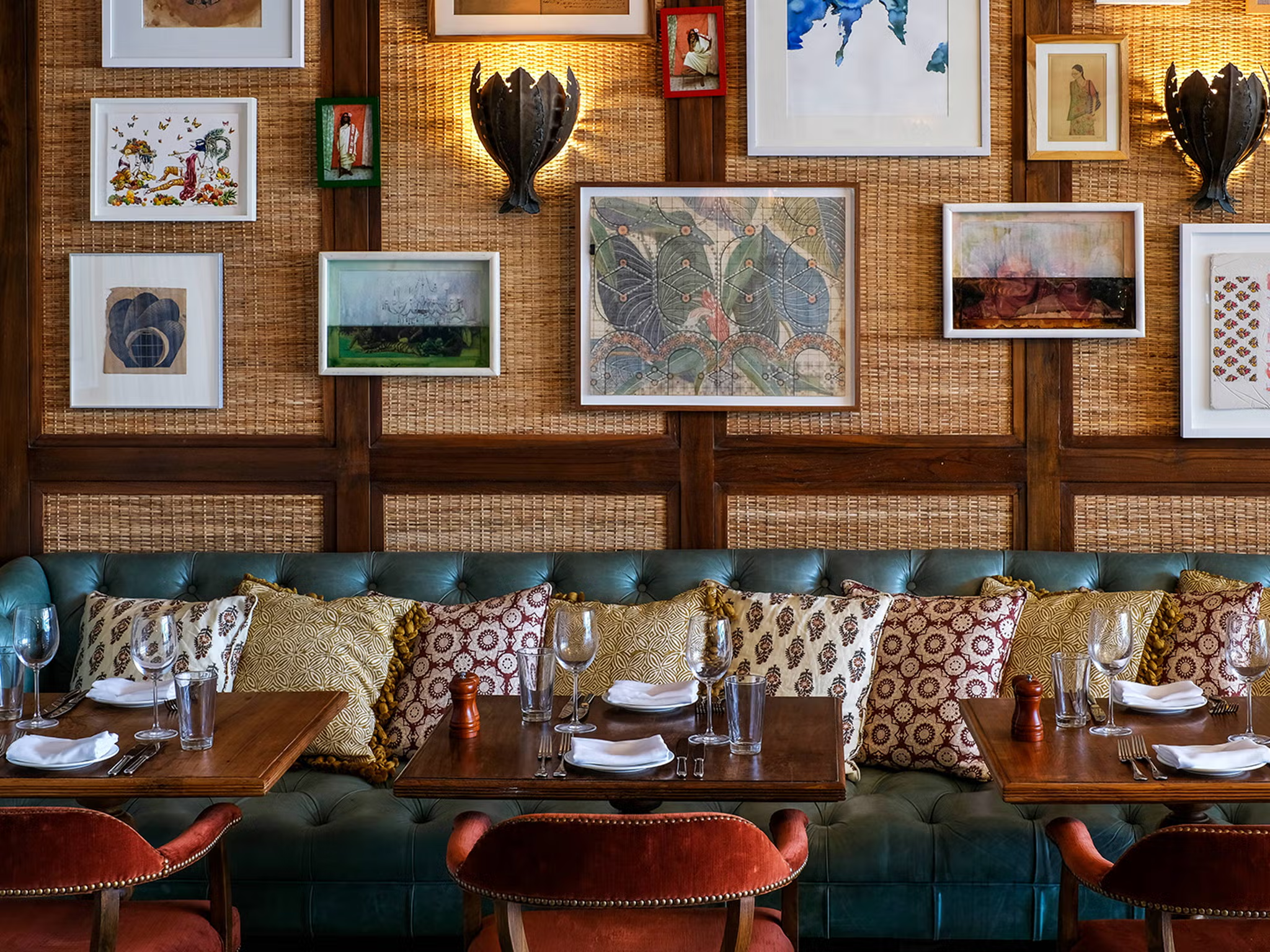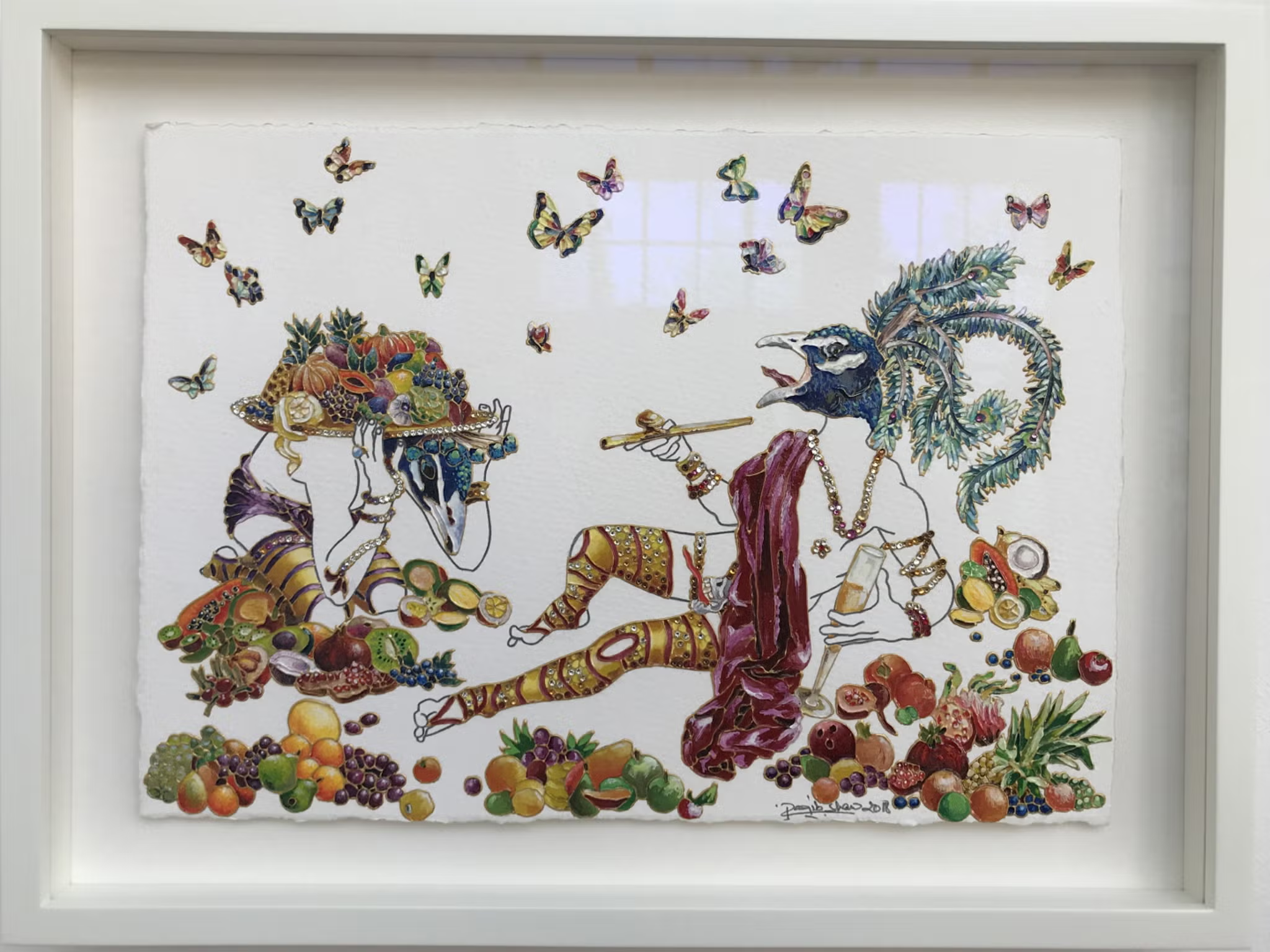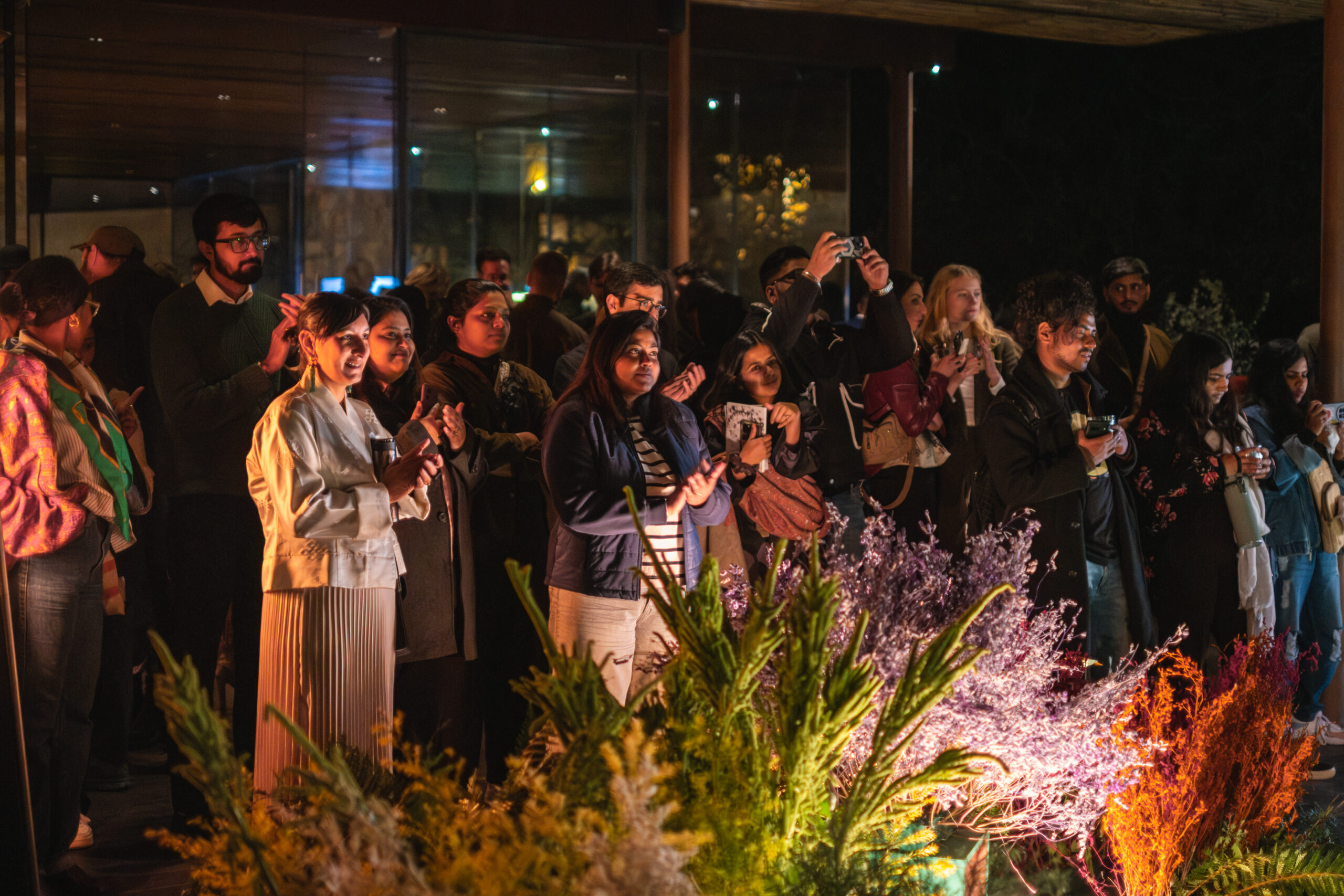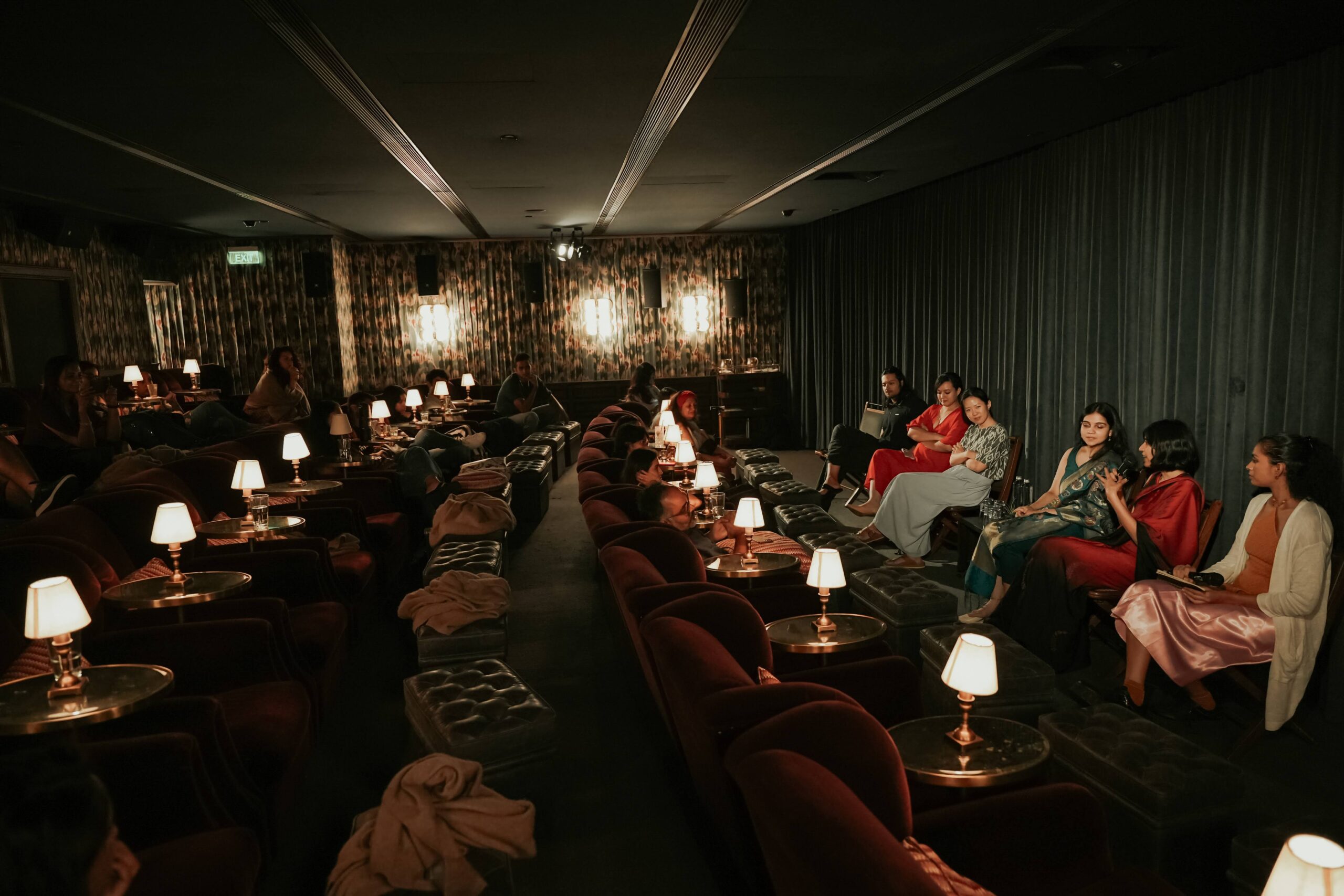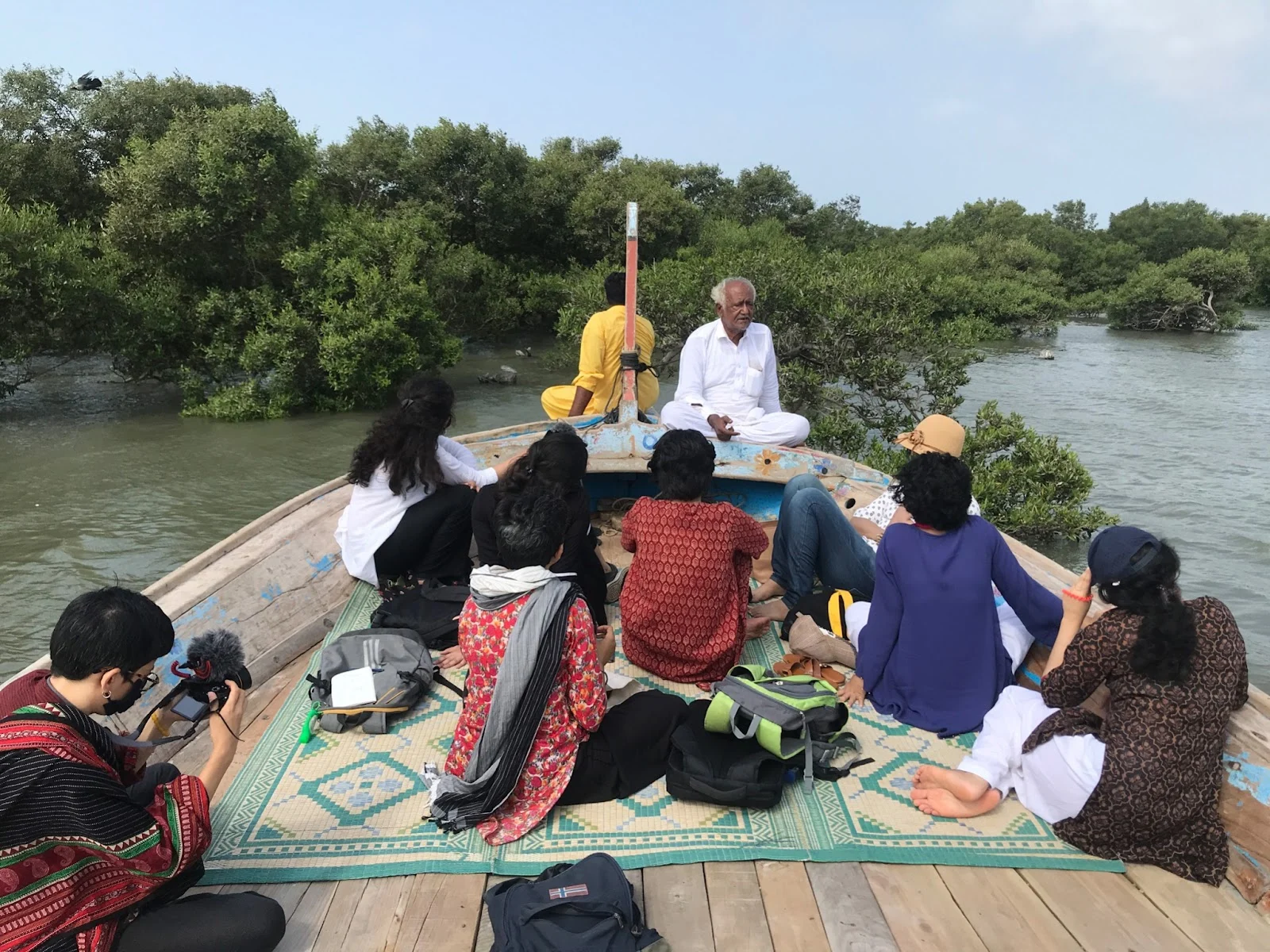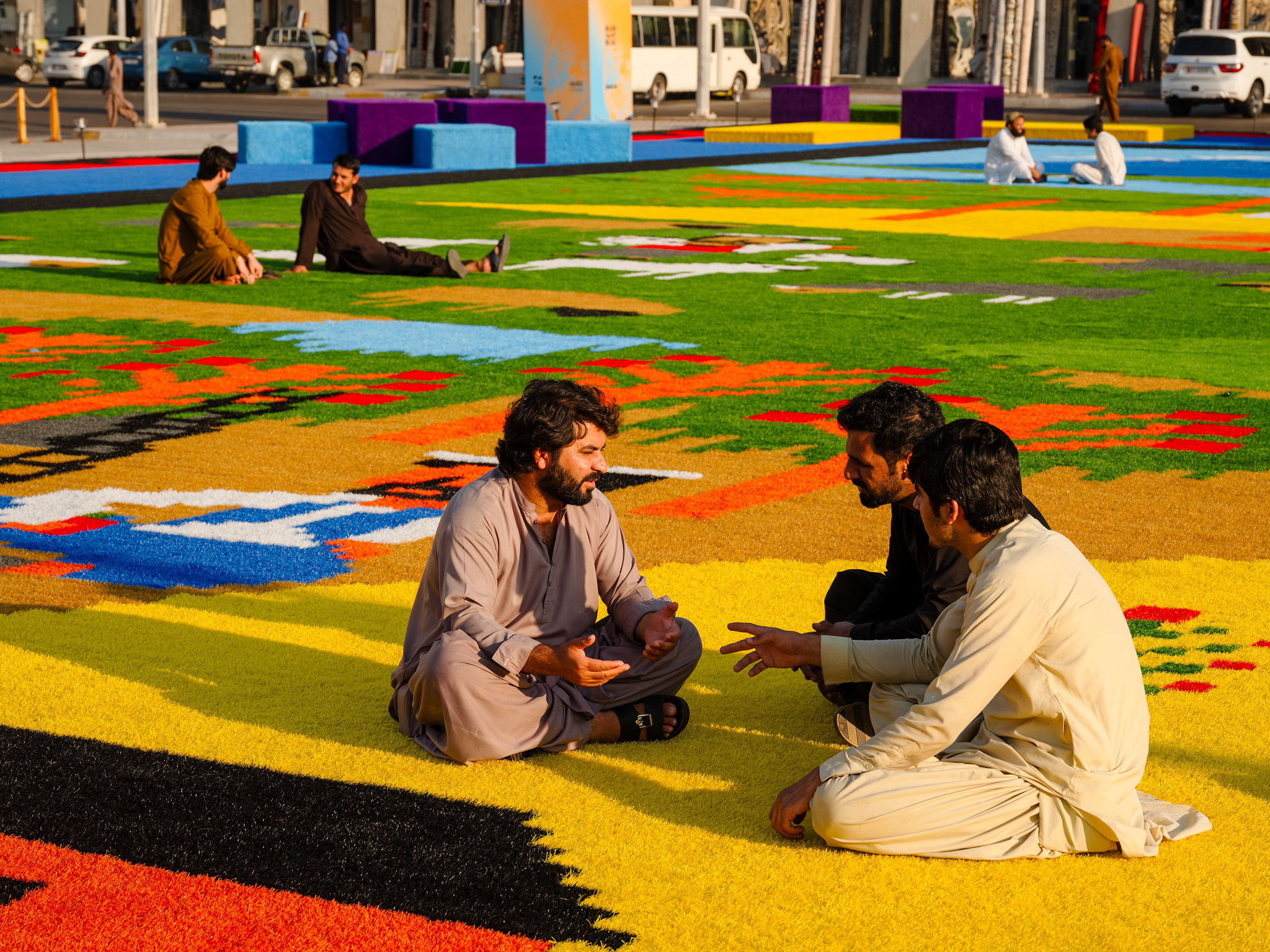In a country where creative communities are constantly moving, intersecting, and reimagining themselves, a fixed address isn’t always the anchor. Soho House seems to have understood that. With Cities Without Houses (CWH), the private membership club has extended its network to places where there may be no physical House, but where the need for connection, culture, and community is just as strong.
First launched globally in 2016, and introduced to India following the success of Soho House Mumbai, CWH is a growing network of members who live in cities like New Delhi, Bangalore, Mumbai and Goa. They may not walk into a House every day, but they’re part of the same conversation, attending curated events, meeting like-minded creatives, and gaining access to the broader Soho House world.
Beginning as a solution, CWH has now become a key part of building an interesting, diverse community of members around the world. And as the membership programme grows, so does the possibility of what a community without borders can look like.
We spoke with Kelly Wardingham, Regional Operations Director, Asia, to understand how CWH has evolved specifically in India, and what lies ahead for this quietly growing constellation of creatives.
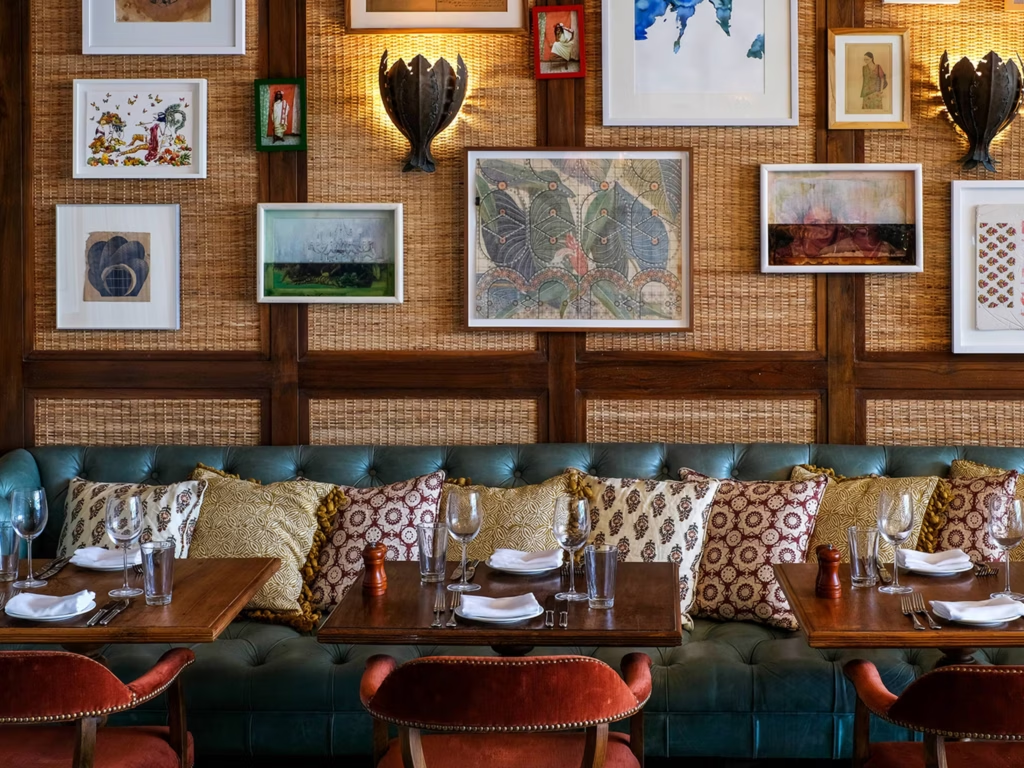
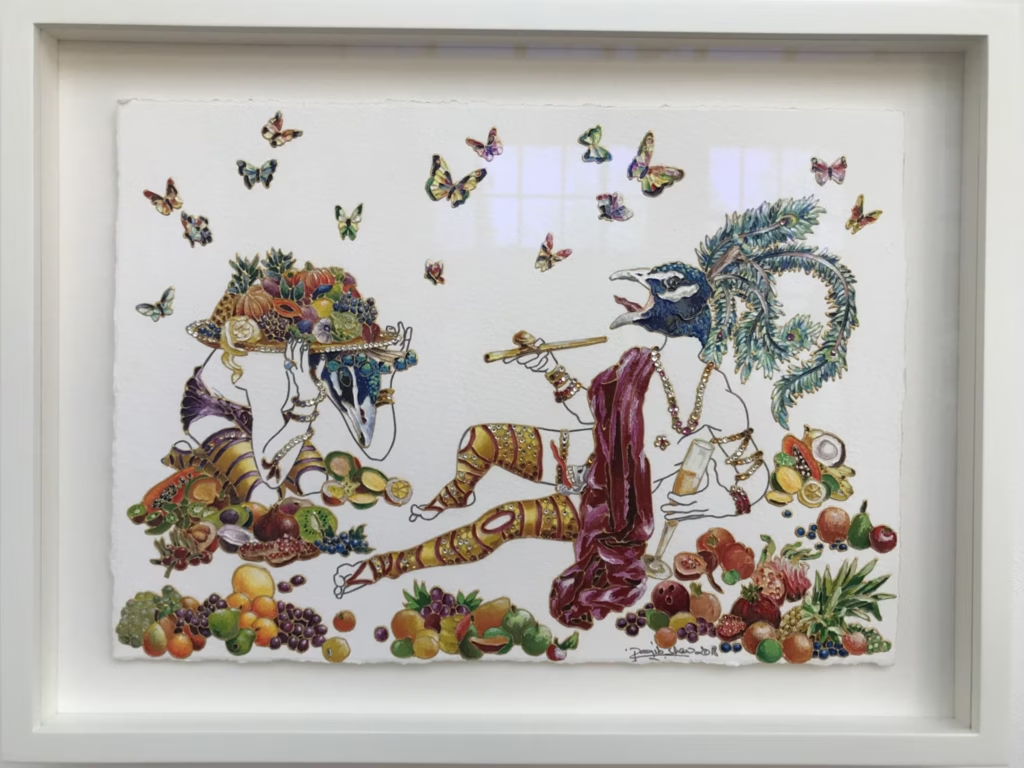
A salon hang in Cecconi’s featuring local artists, Soho House, Mumbai (L), Raqib Shaw, ‘After Dejeuner Sur L’herbe’, 2018 (R)
India has long been part of global cultural conversations. What made it the right context for growing a community without a permanent address?
India was always going to be part of the larger Soho House story. “India has long been a cultural powerhouse, home to some of the world’s most influential voices in film, music, design, and art.”
The opening of Soho House Mumbai in 2018 gave the team a closer look at the kind of creative momentum that already exists. “Expanding Cities Without Houses here was a natural progression. Our goal has always been to connect like-minded creatives, whether or not we have a physical House in their city.”
The same intention now extends to members in New Delhi, Bangalore, Goa and many more in the future. CWH gives them access to Soho House’s global network when they travel, while also building a more localised sense of community through events within their own cities. “India is a key part of our long-term vision, and CWH allows us to build on our relationship with creative communities while keeping future possibilities open.”
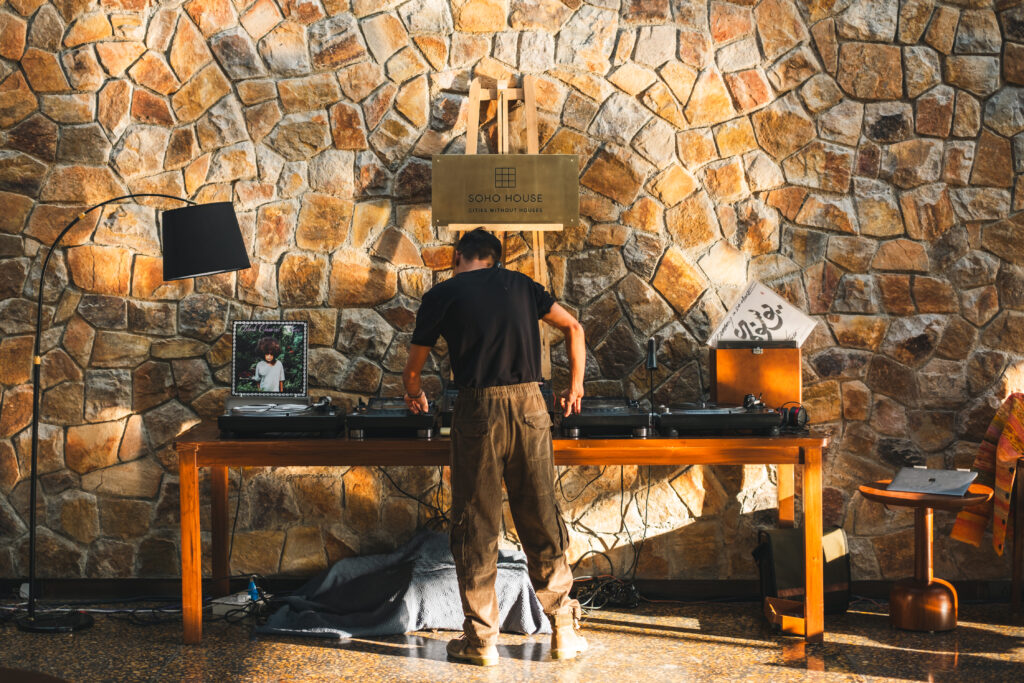
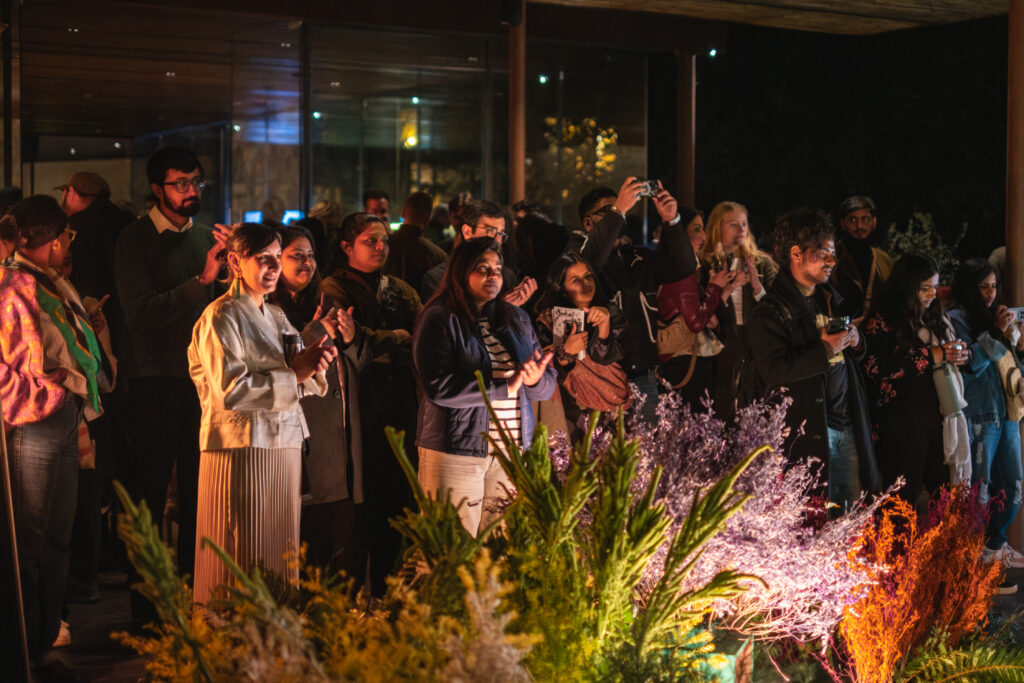
‘Breathing Room’ event 2025, Soho House, New Delhi
In a format without fixed walls, how do you build connections that feel personal to each city, yet connected to something larger?
Even without a permanent address, the idea behind Cities Without Houses stays consistent: bringing people together in ways that feel intentional. “The Soho House experience is rooted in creating spaces, both physical and conceptual, where creative minds can meet and collaborate.”
For CWH members, that means events and gatherings that speak to the pace and context of the city they’re in. “We curate experiences that feel grounded in the local scene while keeping a connection to the wider Soho House world.” Members also have access to Houses globally, so a sense of continuity remains wherever they go.
One such moment was the collaboration with Princess Pea, the anonymous artist based in Delhi, at Art Mumbai 2024. And alongside, artist residencies with Scarlett Bowman, Rose Blake, and Hugo Wilson have also allowed for longer interactions and time spent with local communities.
At ‘Breathing Room’, the most recent CWH gathering, the format invited contributions across forms. Suruchi Choksi shared a book of poetry, Sumit Roy designed personalised journals, and French chef Maxime Montay created five grazing tables inspired by the theme. All offering a different entry point into the conversation, while keeping the emphasis on connection and craft.
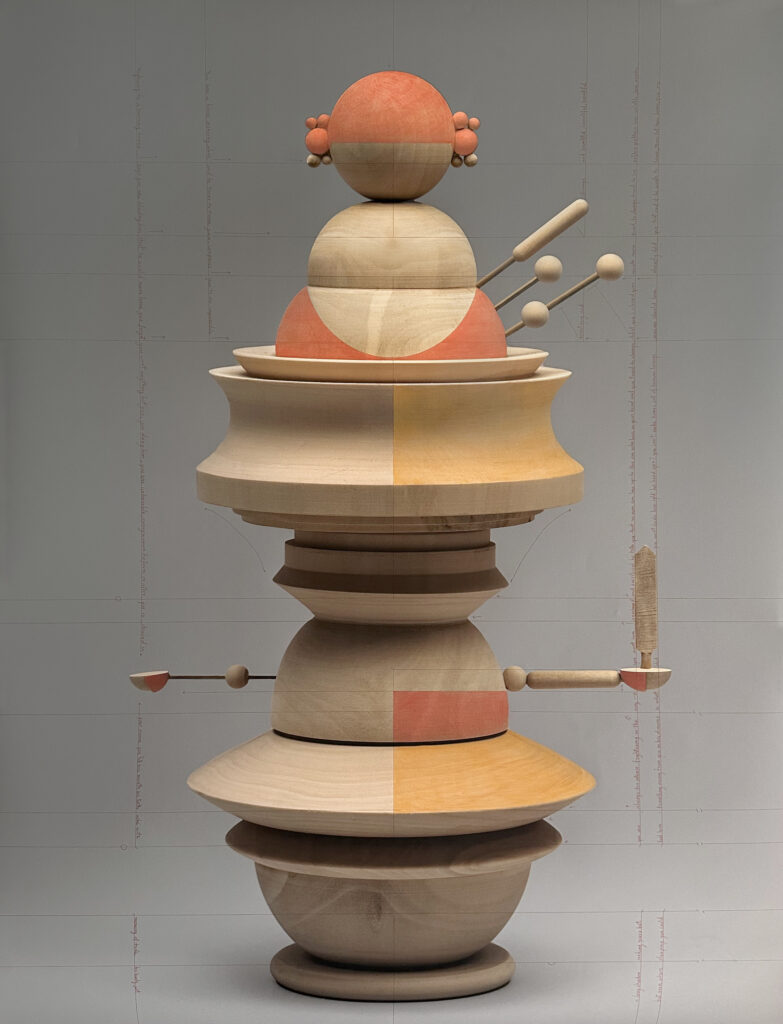

Anonymous Princess Pea, PARACOSM: PROPOSALS FOR THE FUTURE, A set of 9 prints, Colour and Ink, Inkjet Print on archival paper, Soho House, Mumbai at Art Mumbai
What does artistic support look like across different stages of an artist’s career and how does that translate into real opportunities within the Soho House network in India?
“Soho House Mumbai has a collection of over 200 artworks, 85% of which are by artists based in India or of Indian descent.” Curated by Kate Bryan, Global Director of Art, the selection includes Bharti Kher’s bindi paintings, photographs by Pushpamala N, new media works by the Raqs Media Collective. The collection also features works by Subodh Gupta, Thukral & Tagra, and Raqib Shaw.
The intention is to keep building on this. “There is immense potential to expand on this,” with future possibilities including commissions, installations, and collaborations with early-career Indian artists. “Art has always been a key part of Soho House’s identity, and we see India as a place where both contemporary and traditional art can live side by side within our spaces.”
This commitment also continues through residencies, design projects, and a mentorship initiative. “At Soho House Mumbai, we run a mentorship programme that pairs emerging creatives with members working in their chosen fields.” The next cohort begins in July, with a focus on confidence, access, and long-term support.
How does sustainability play out in the quieter choices, materials, sourcing, collaborations, that shape the way Soho House works in India?
“We’ve worked with several Indian artisans who prioritise eco-friendly materials and traditional techniques.” These values show up not just in design choices, but in sourcing, collaborations, and everyday details. Old bed linen, for example, is repurposed into postcards placed in bedrooms across the Houses.
In Mumbai, the Plastic-Free July pop-up with Brown Living brought together brands working across homeware, self-care, fashion, and travel. “It was our way of encouraging responsible living in a format that felt accessible.” Alongside events, initiatives like the Responsible Sourcing Statement and Retail Textile Compendium guide the team’s choices, focusing on ethical production, local procurement, and long-term sustainability standards.
You’ve mentioned cities like Bangalore and Jaipur. What conversations are already happening there that feel urgent or overdue and how might CWH hold space for those?
“Soho House is uniquely positioned to connect local creatives with global opportunities.” That can mean conversations, collaborations, or simply the chance to be seen by the right people.
The MAMI partnership gave filmmakers the opportunity to engage directly with international voices in the industry. At Art Mumbai, the Soho House lounge became a space where designers from India and abroad could meet in a more informal setting. “By continuing to build spaces like this, we’re helping Indian creatives step into conversations that extend far beyond their own cities.”
When asked about what’s next, a few places stand out. “Bangalore, with its intersection of tech and design, has real potential. And Jaipur, with its artisanal heritage, offers something very special.”
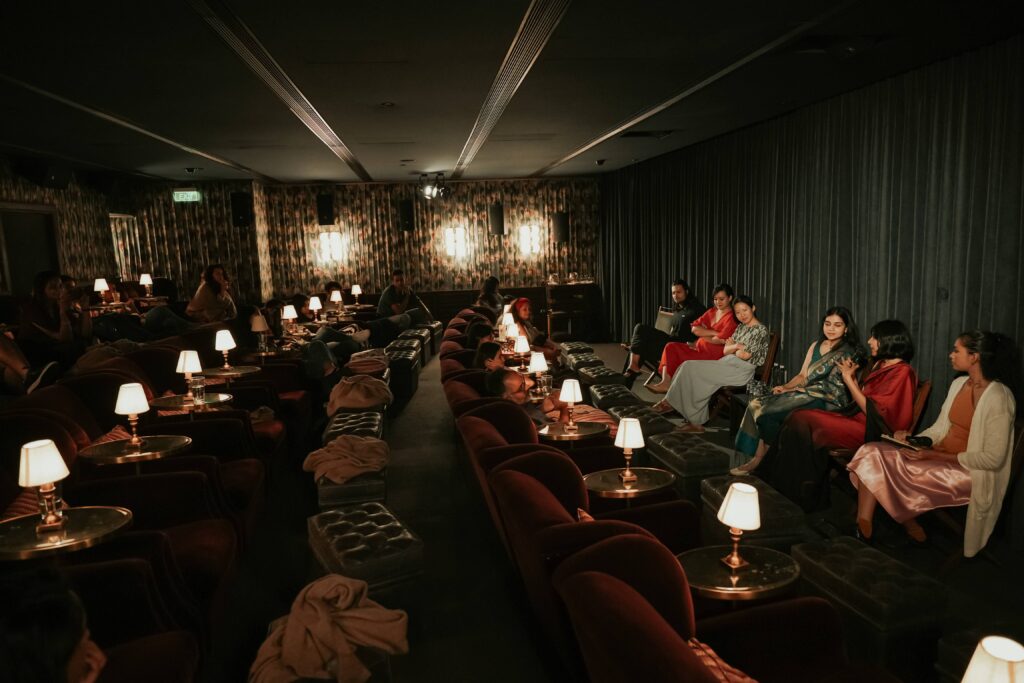
MAMI Film Festival at Soho House, Mumbai
There’s no fixed formula for how a creative community takes root. Sometimes it begins with a conversation, a shared table, or a passing introduction that stays with you. That’s where Cities Without Houses finds its footing, in the smaller moments that build over time.
If you’re based in India and would like to be part of this growing network, you can apply here: https://www.sohohouse.com/membership/cities-without-houses
